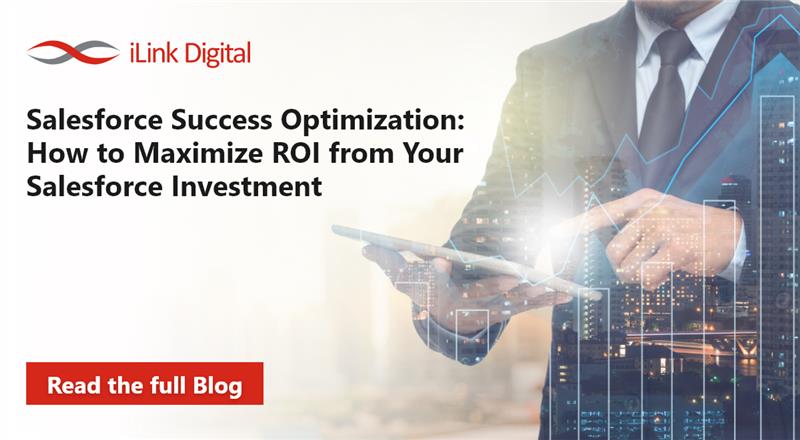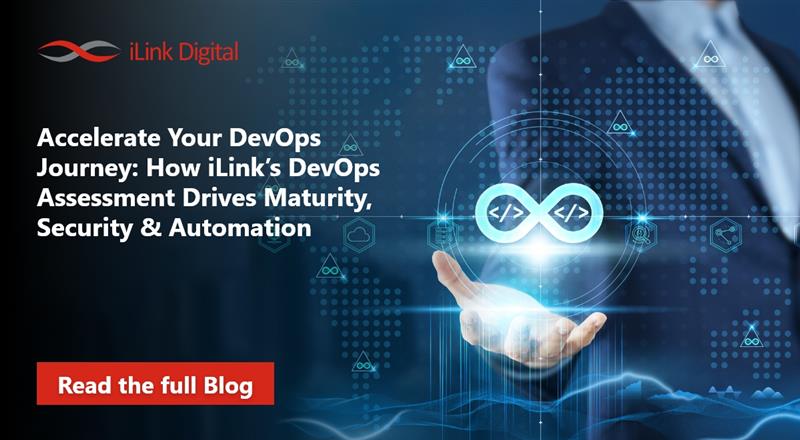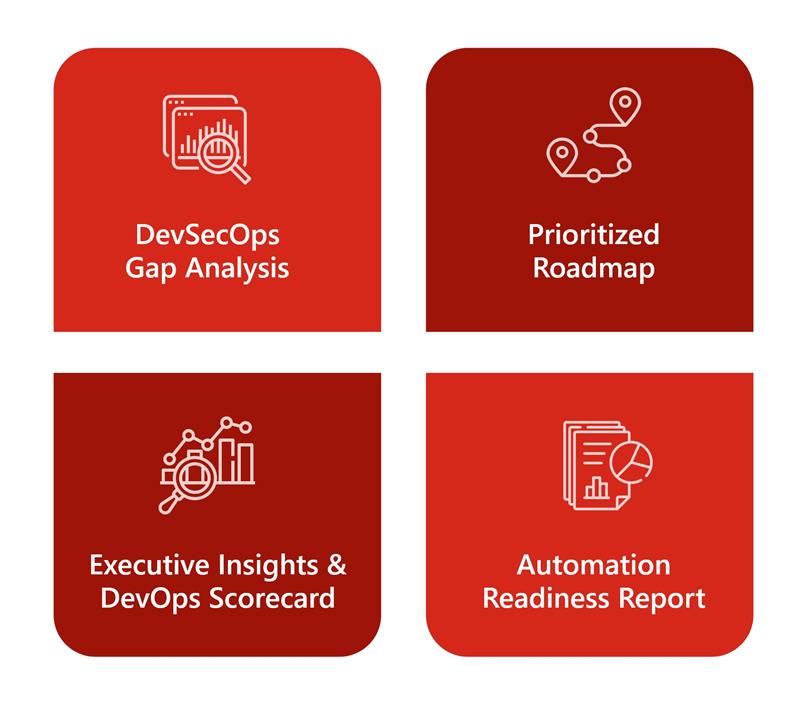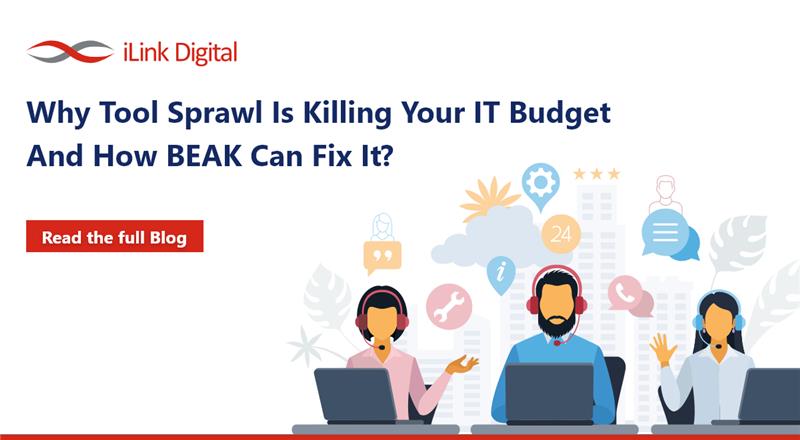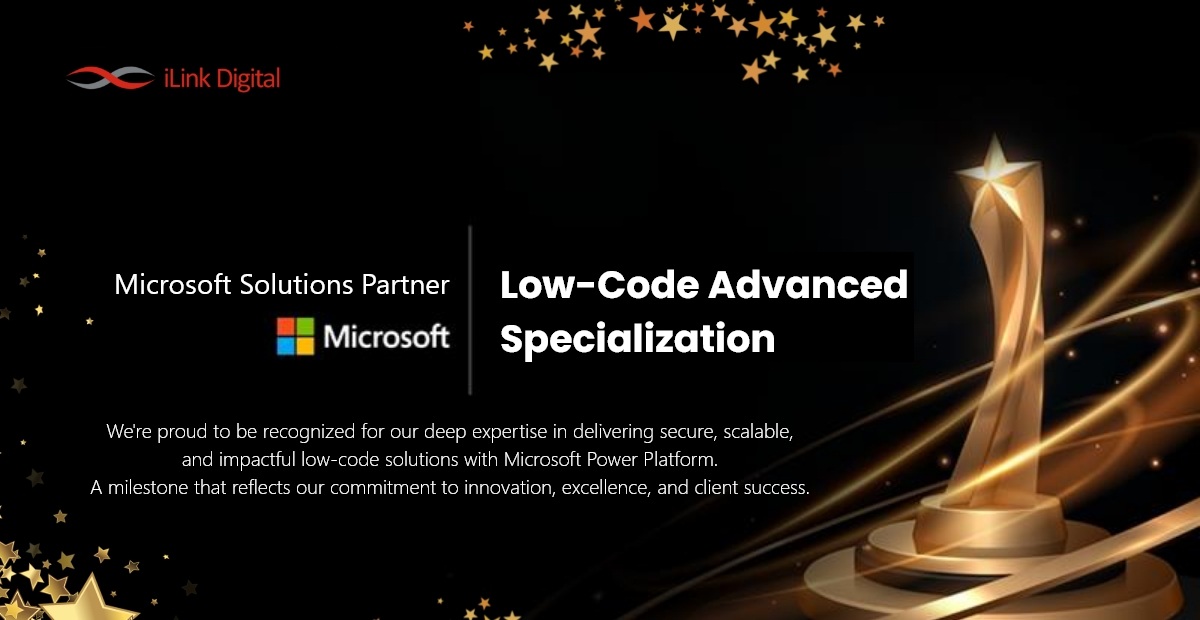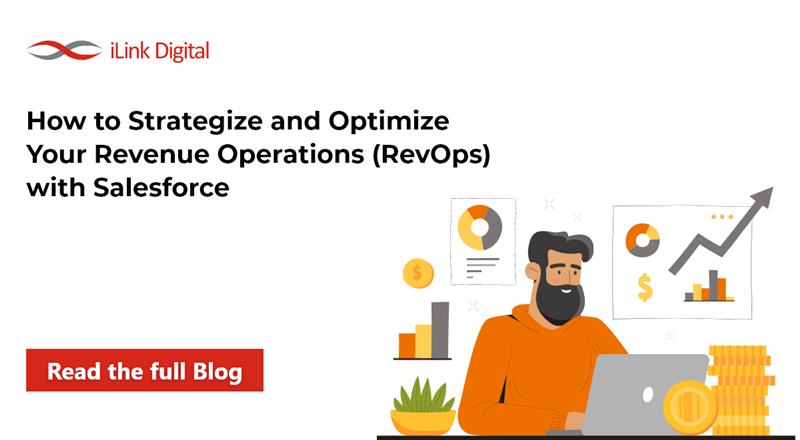
How to Strategize and Optimize Your Revenue Operations (RevOps) with Salesforce?
Introduction: Why RevOps Strategy Matters More Than Ever
In today’s hyper-competitive landscape, businesses can no longer afford to operate in silos. Revenue Operations (RevOps) has emerged as the strategic backbone that transforms how organizations approach revenue generation, and Salesforce serves as the perfect platform to orchestrate this transformation. It bridges the gap between sales, marketing, finance, and customer success to create a unified growth engine.
This discipline is proving to be a transformative force that helps organizations achieve predictable revenue, shorten sales cycles, and improve customer retention through seamless processes. Salesforce at its center, a RevOps strategy becomes predictable, measurable, and scalable, perfectly suited for growth-driven organizations. Boston Consulting Group found that companies with mature RevOps functions see 10–20% faster sales growth.
In this blog, we’ll explore how to strategize and optimize your RevOps process using Salesforce, complete with actionable steps and real-world examples.
Understanding RevOps
Revenue Operations represents more than just aligning your sales, marketing, and customer success teams. It’s about creating a unified revenue engine that drives predictable, sustainable growth. The revenue operations market is experiencing unprecedented growth, with the global RevOps service market valued at $324.1 million in 2024 and projected to reach $1,488.15 million by 2032 at a CAGR of 20.99%. Companies with aligned sales and marketing teams, processes, and technology can achieve a whopping 36% higher revenue growth than others.
How to Build a High-Impact RevOps Strategy Using Salesforce?
Step 1: Define Your RevOps Framework
Before configuring Salesforce, start with a strategic foundation. RevOps unites teams under shared objectives and a single source of truth.
- Alignment: Break down barriers between Sales, Finance, Customer Success, and Marketing. When these teams share the same objectives and data, collaboration becomes natural and more effective.
- Data Integrity: Make Salesforce your single source of truth. Reliable, unified data is essential for accurate reporting, forecasting, and decision-making.
- Process Automation: Eliminate manual work in quoting, billing, and renewals. Automation not only speeds things up but also reduces errors and frees your teams to focus on higher-value tasks.
- AI & Analytics: Use Salesforce Einstein for predictive insights. AI-powered analytics help you spot trends, identify risks, and make smarter decisions
Step 2: Optimize Salesforce for End-to-End Revenue Management
Maximizing RevOps on Salesforce requires cohesive configuration across the revenue lifecycle:
- Seamless Lead-to-Cash with CPQ and Billing
- Salesforce CPQ (Configure, Price, Quote): Automates proposals, approvals, and contract generation, ensuring pricing is always accurate and up to date.
- Salesforce Billing: Manages subscriptions, usage-based billing, and revenue recognition. Automation here reduces errors and accelerates cash flow.
- Seamless Integration: Integrate with payment platforms like Stripe or NetSuite for seamless invoice and payment workflows.
- AI-Driven Forecasting with Einstein Analytics
- Model historical data to forecast pipelines with more confidence.
- Identify churn risk with smart scoring.
- Automate renewal triggers for proactive outreach.
- Unifying Customer Data with Revenue Cloud
- See the complete customer journey, from sales to support to billing, in one place.
- Automate handoffs between teams to ensure a smooth customer experience.
- Use real-time dashboards to track revenue performance and spot opportunities for growth
Step 3: Automate Critical RevOps Workflows
Manual processes slow down revenue growth and introduce risk. Organizations that automate these processes see faster deal cycles and fewer errors, freeing up teams to focus on growth. Automating workflows in Salesforce can streamline:
- Quote Approvals: Use Salesforce CPQ coupled with approval flows for pricing governance.
- Invoicing: Automate billing and contracts with DocuSign.
- Renewal Management: Implement Einstein AI for churn predictions and reminder workflows.
- Revenue Recognition: Automate ASC 606/IFRS 15 compliance to eliminate manual reconciliation.
Step 4: Measure and Optimize with RevOps KPIs
Progress requires precise measurement. Prioritize the following KPIs monitored through Salesforce dashboards:
To ensure your RevOps strategy is working, regularly track and refine your key metrics in Salesforce dashboards.
- Quote-to-Cash Cycle Time: Shorter times mean faster revenue realization.
- Revenue Leakage Percentage: Indicates billing gaps.
- Customer Lifetime Value (LTV): Measures retention and upsell performance.
- Forecast Accuracy: Essential for planning and investor confidence.
Step 5: Scale with AI and Continuous Improvement
RevOps is not a set-it-and-forget-it process. With proper analytics and AI, your strategy adapts and strengthens over time.
AI-Driven Enhancements
- Deal Scoring & Priority Alerts: Focus reps on high-impact opportunities.
- Churn Predictions: Using behavioral and usage data to trigger interactions.
- Next-Best-Action Recommendations: Provide tactical suggestions to reps and CSMs.
Forbes emphasizes that AI in RevOps helps break longstanding bottlenecks, allowing teams to spend more time on strategic activities.
Ongoing Optimization
- Conduct quarterly RevOps reviews.
- A/B test pricing, billing cadence, and go-to-market motions.
- Use forecasting feedback to adjust targets and resource allocation.
Gartner predicts RevOps maturity will empower more consistent revenue, enhanced CX, and improved alignment across revenue-generating teams.
Conclusion: Your Salesforce-Driven RevOps Roadmap
RevOps isn’t just a tech initiative—it’s a cross-functional growth strategy. When built on Salesforce, it connects the dots between teams, systems, and customers, creating a scalable engine for revenue acceleration. By thoughtfully aligning teams, integrating robust automation, and leveraging Salesforce’s AI-powered analytics, businesses can break down operational silos and foster collaboration that drives sustainable growth.
The journey to RevOps maturity is not a one-time initiative but an ongoing process of measurement, optimization, and innovation. When executed with intention, a Salesforce-driven RevOps strategy transforms fragmented functions into a unified, high-performing revenue engine, empowering your organization to respond with agility, deliver exceptional customer experiences, and achieve consistent, predictable results.
At iLink Digital, we help organizations turn RevOps into a growth catalyst. Whether you’re streamlining quoting, modernizing billing, or enabling predictive insights, Salesforce gives you the platform, and we provide the expertise.
your organization can transform revenue operations from a fragmented set of tasks into a unified, high-performing growth engine
Ready to transform your revenue operations from a fragmented into a unified and high-performance growth engine?
Check out our Salesforce Consulting Services!
Contact us today!


